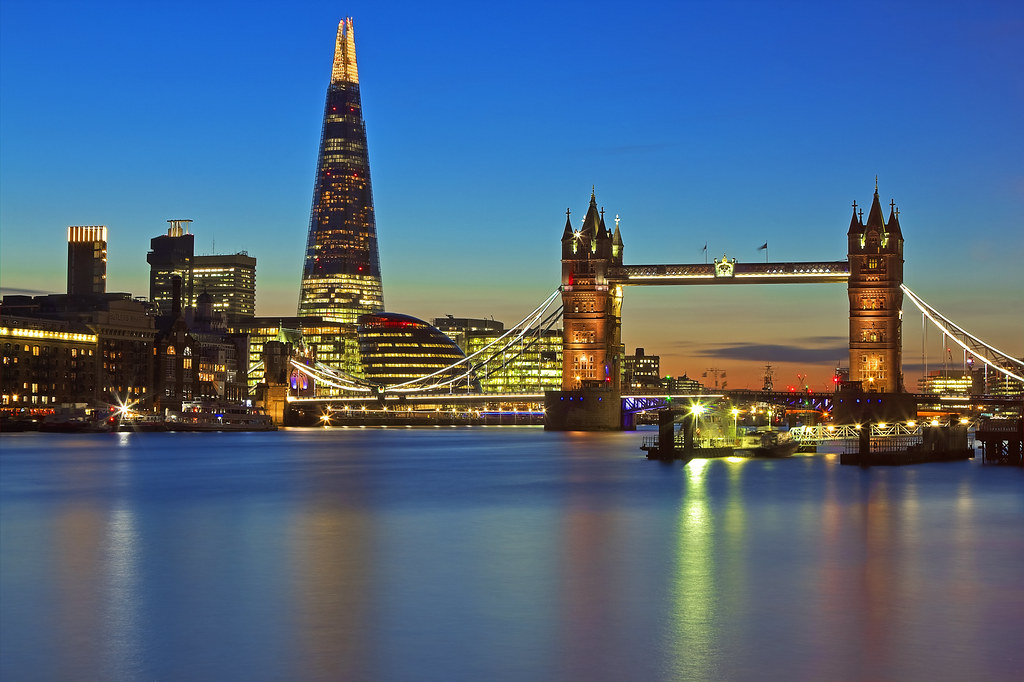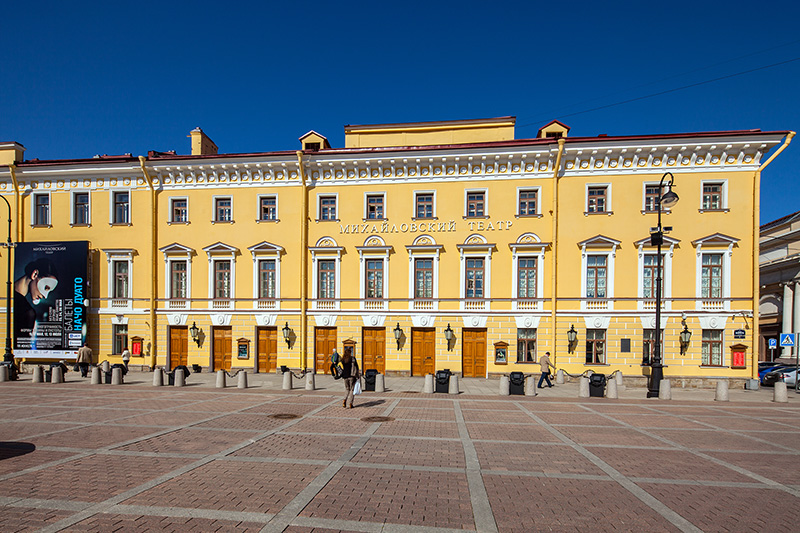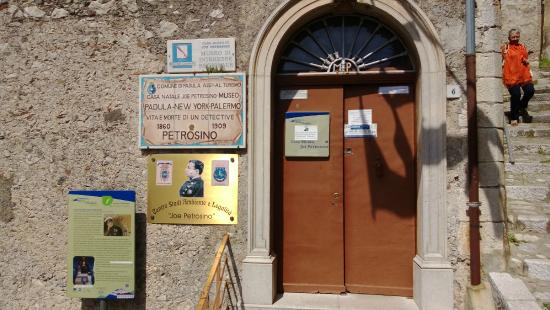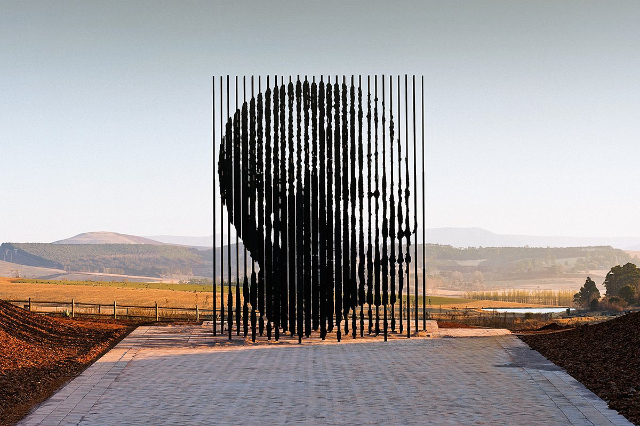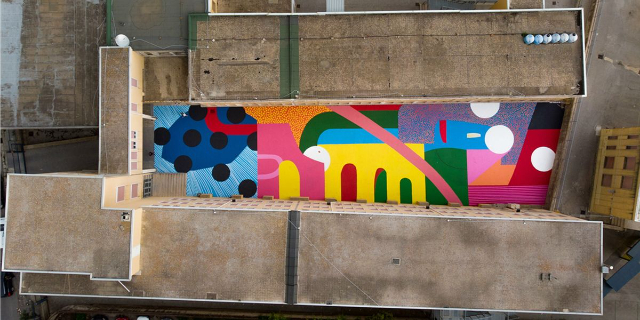Renzo Piano’s recently inaugurated London Bridge Tower, renamed The Shard, the crystal "Splinter" launched against the sky, is the fulcrum of the redevelopment of the district around London Bridge Station, the nerve centre of the London transport hub where 200,000 people a day pass through trains, buses and the underground.
The new skyscraper is not part of an already consolidated system of tall buildings, its pyramidal shape refers rather to a legacy of past visions such as the ships’ masts moored in the nearby Pool of London or the spiral spires of Christopher Wren’s churches, mentioned by Renzo Piano. Its surprisingly light soaring silhouette does not overwhelmingly impact the London skyline, but rather stands out as a landmark in the Southwark asud area of the Thames, whose revival the city’s administration has planned. Its shape is also designed to accommodate a functional mix in the best possible way: large offices up to the 28th floor, a five-star hotel in the intermediate area, apartments from the 63rd floor. The last 4 levels, from 68 to 72, are public and house a panoramic gallery from which to admire the city at 360 degrees. Public access has been considered essential for such an emblematic building and the mixed use of destinations and functions makes it available to citizens throughout the day.
Eight glass fragments define the pyramidal shape of the building, eight asymmetrical sides that do not intersect and receive the sun’s rays at different times and inclinations, built around a central parallelepiped made of reinforced concrete and metal that contains the supporting structure and elevators. In function of environmental sustainability, the double skin of the passive façade uses low-iron glass and houses mechanized roller blinds for shading in the cavity, while the fractures between the elements allow natural ventilation of the winter gardens inserted throughout the building, which can be used as meeting rooms or relaxation spaces for offices.
The architect also took up the London administration’s challenge of not designing parking spaces to show that it is possible to densify the city by discouraging the use of private transport. In fact, the tower has only 48 parking spaces reserved for the handicapped.
